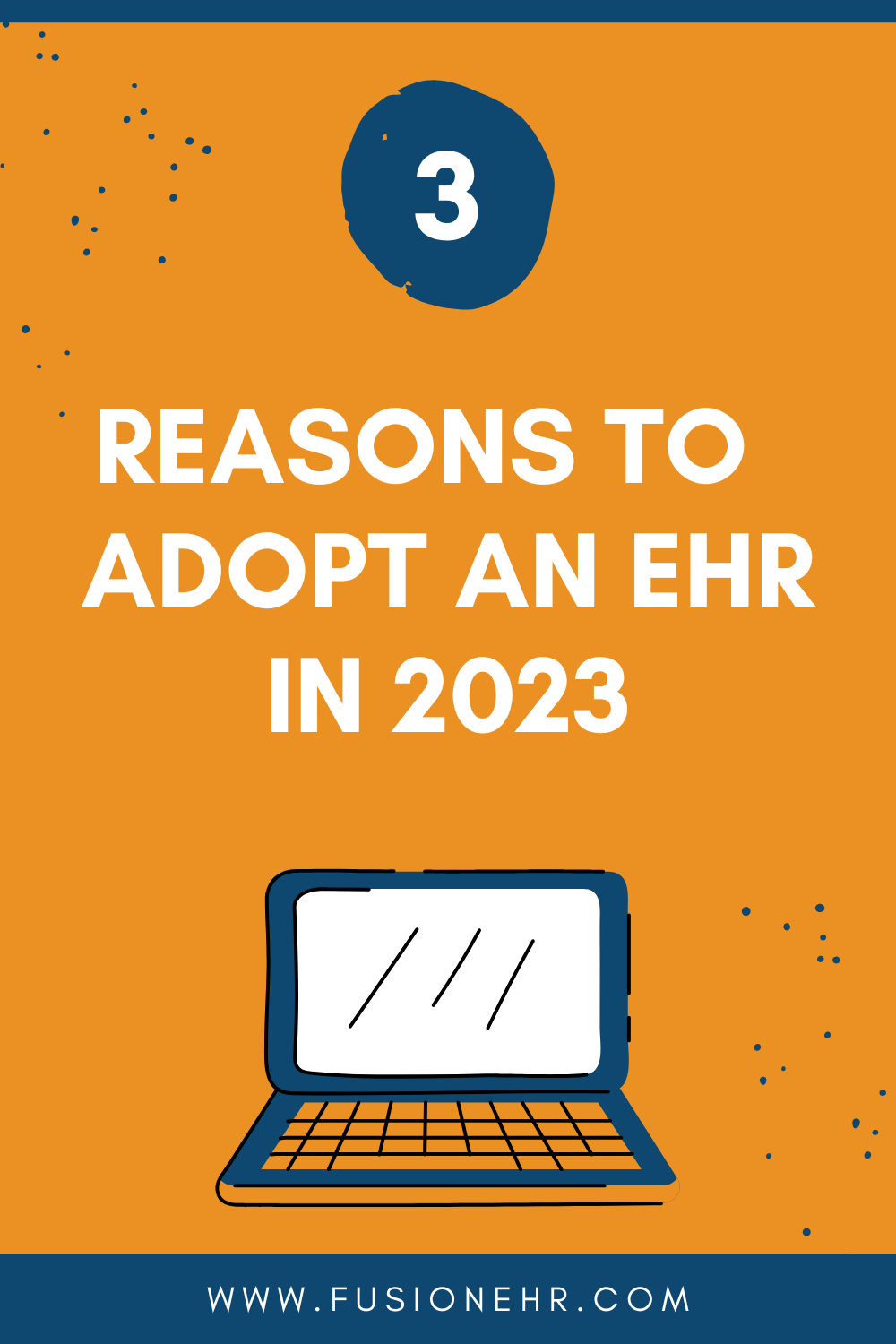Nearly 90 percent of non-federal general acute care hospitals throughout the country have adopted electronic health record (EHR) systems, and major players in the correctional health space are following suit and replacing antiquated paper systems with more streamlined electronic solutions. If your correctional agency is still using paper patient records, it may be time to think about switching to an EHR. It’ll save you money, save your staff time, and greatly enhance your institution’s healthcare delivery. Here’s how prisons, corrections departments, and juvenile justice agencies can benefit from switching to an electronic health records system.
No More Hunting for Paper Files
Switch to an EHR and say goodbye to the days of searching through a bulky filing cabinet for the patient records you needed five minutes ago. Instead, everything will be accessible within—at most—just a few mouse clicks. This frees up staff for what’s most important: caring for patients. And as a bonus, you’ll free up physical space for medical equipment, supplies, and other essentials. If you’re storing any of your paper materials stored off-site, you’ll recoup that money, too.
Reduce Errors and Optimize Patient Care
A review of academic studies conducted by ScienceDaily found that more than 60% of medication errors in studied health systems were directly linked to poor handwriting—a potential problem you’ll immediately solve by changing from paper to digital. Beyond that, your EHR also can help reduce human error in innovative ways, such as by triggering important alerts to notify staff of food-drug interactions and drug-drug interactions. Less errors equals better and more accurate patient care.
Save Money, Save Time
Adopting an EHR system can save you money in three major ways: By lowering your operating costs, decreasing your compliance costs, and reducing your staffing costs.
- Lowering operating costs: Think about it: all data is electronically stored, greatly reducing or eliminating costs associated with paper pads, forms, chart folders, and other tangible materials.
- Decreasing compliance costs: Consider litigations. Most payouts are due to inadequate documentation, differences in the way healthcare is delivered, or gaps in care. A quality correctional EHR supports eliminating all of these areas of risk. Adopting an EHR solves all of the shortcomings of the paper-based system: access time, movement issues, and consistency. This should translate to lower litigation expenses and more adequately documented patient data.
- Reducing staffing costs: Comprehensive reporting capabilities, health maintenance features, and similar proactive medical care protocols allow facilities to better manage their cost of care. In addition, adopting an EHR eliminates the manual labor and inefficiencies associated with extracting data from paper charts. This results in an average reduction in the annual cost of care of 4.8%. Agencies that have aggressively built management reports and enacted policies designed to increase oversight have seen much larger savings.
Granted, implementing an EHR is a challenging, complex task that involves a human and financial up-front investment. You may face resistance from staff who are reluctant to get on board with a new system. Weigh the pros and cons, though, and it’s clear that EHRs lower costs, reduce errors, and increase patient care quality.
Free Report: 19 Ways an EHR System Can Save You Money
The article above only scratches the surface of cost savings you can realize by adopting an EHR system. Not convinced yet? Feel free to request a free copy of our Return on Investment Calculations report. It breaks down percentage savings, shows you exactly how an EHR can reduce costs, and much more. Just complete this quick form and we’ll send you a copy of the report.

